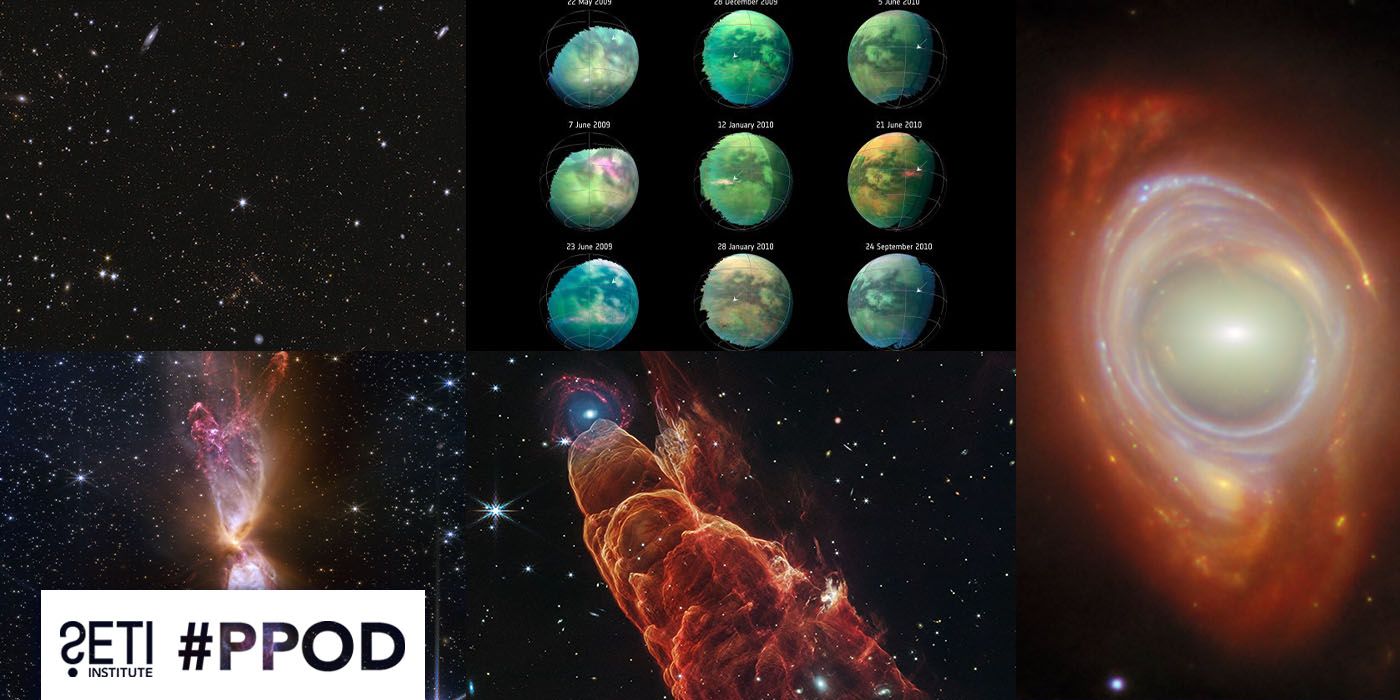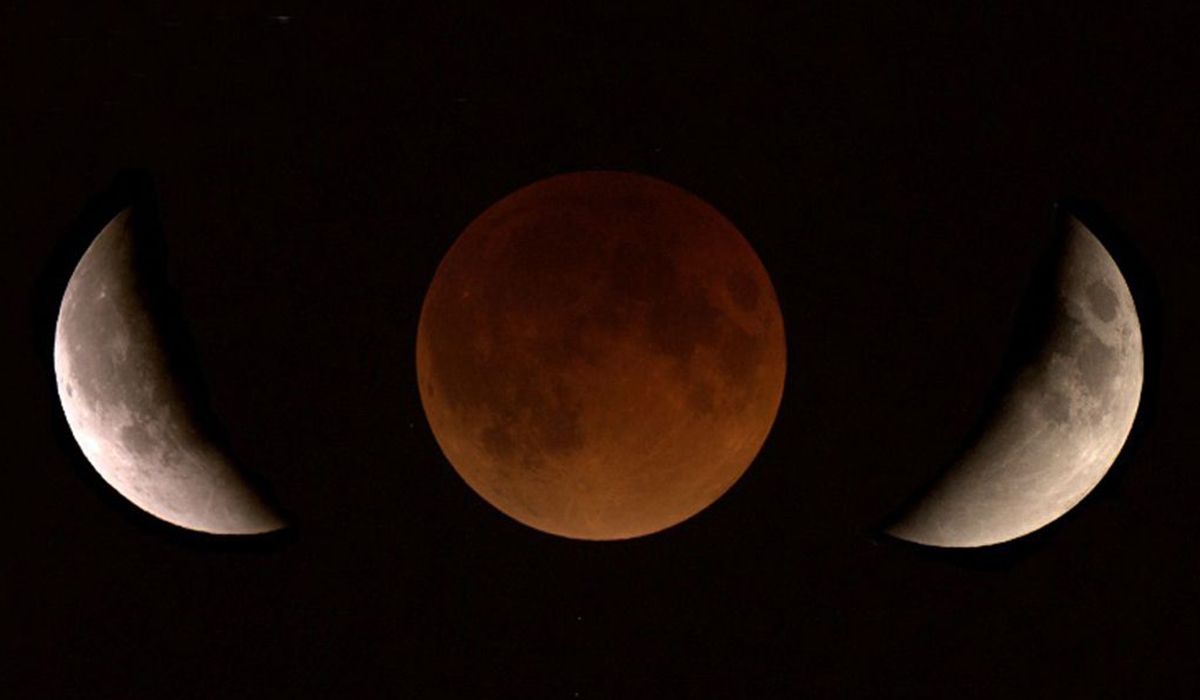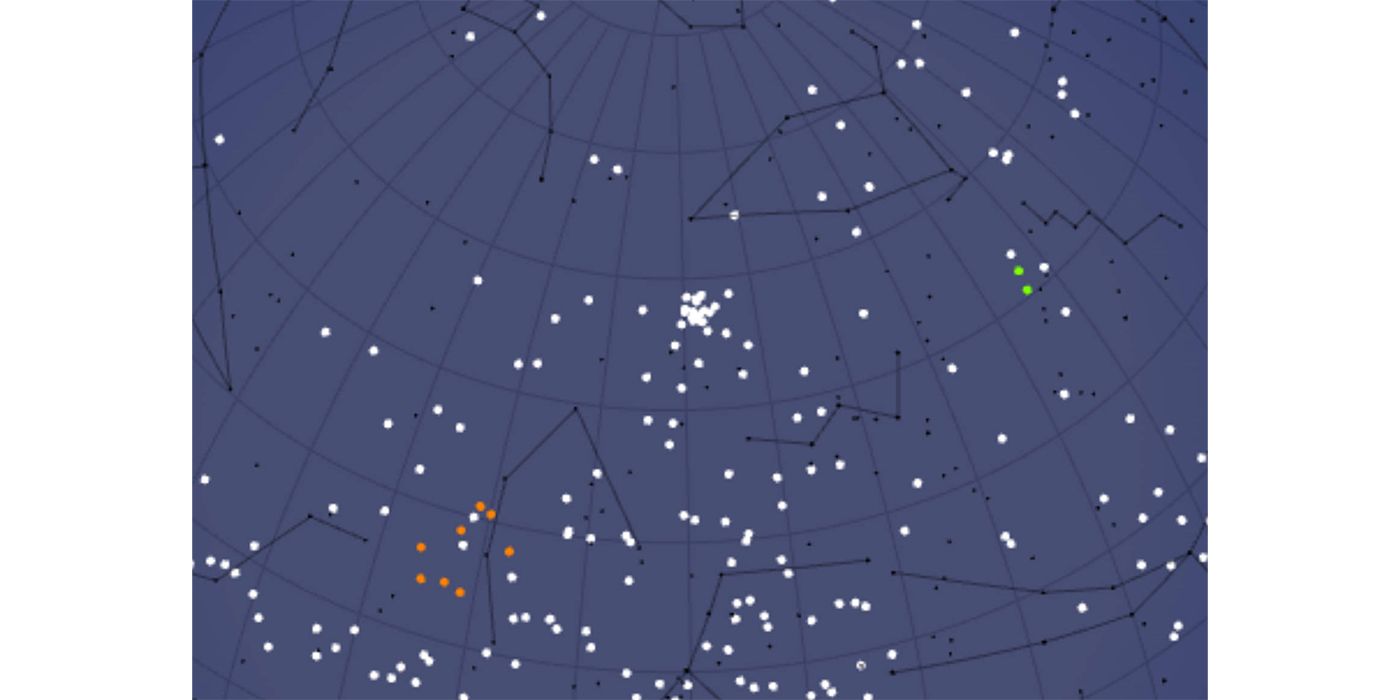
In the early morning of September 4, there was a brief meteor shower outburst visible over California and Arizona with a radiant in the constellation Cassiopeia. It was recorded by low-light video cameras in the CAMS networks led by Peter Jenniskens (SETI Institute) and Nick Moskovitz (Lowell Observatory). The outburst revealed a weak annual shower that had not been mapped before, with a possible earlier outburst in 2014. The shower was caused by the crumbs of a yet-to-be discovered comet in a high-inclined orbit.
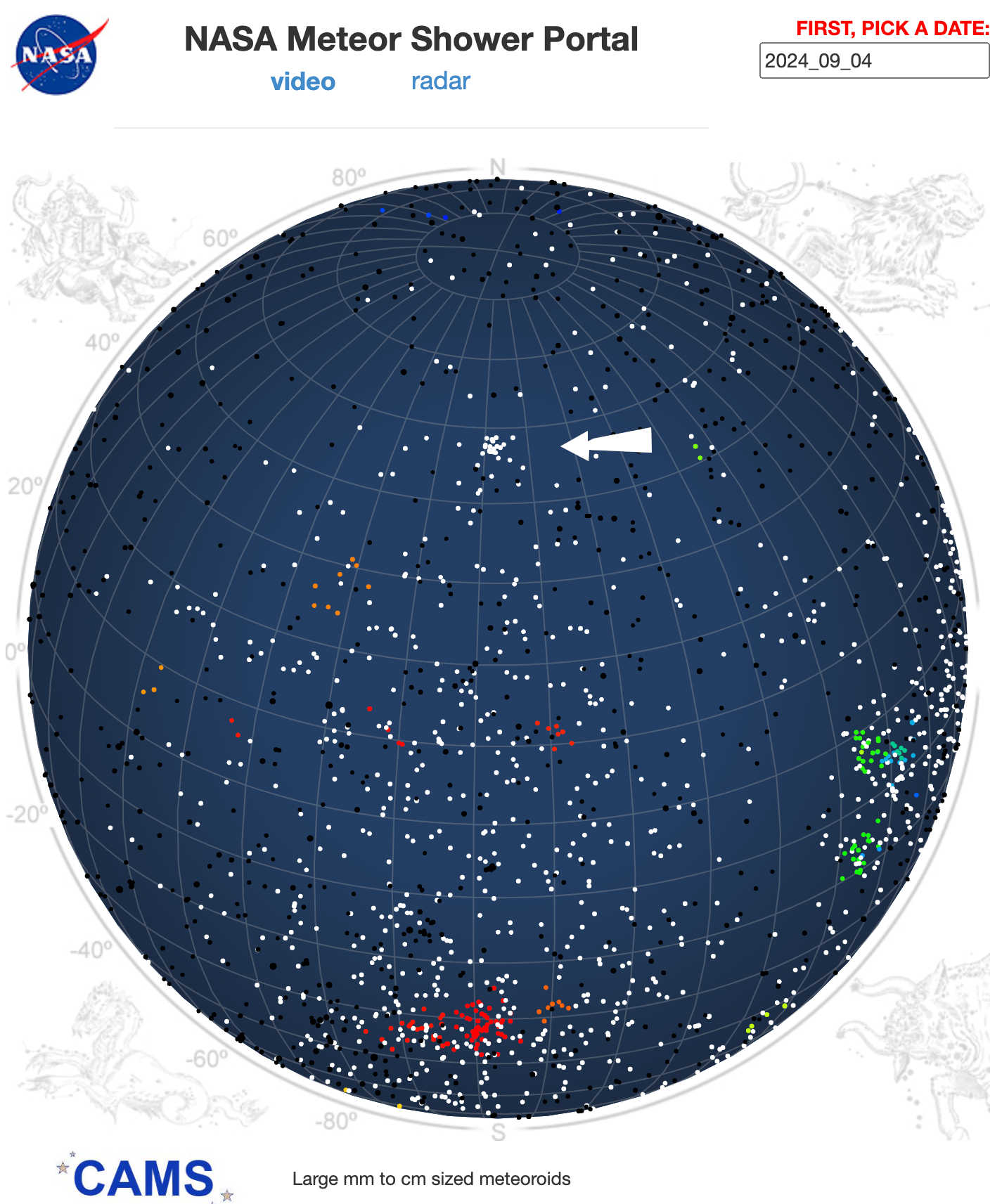
The announcement came out on September 8, 2924:
The follow-up paper is posted here:
https://www.emeteornews.net/2024/09/08/2024-outburst-of-september-psi-cassiopeiids/
News
Related News
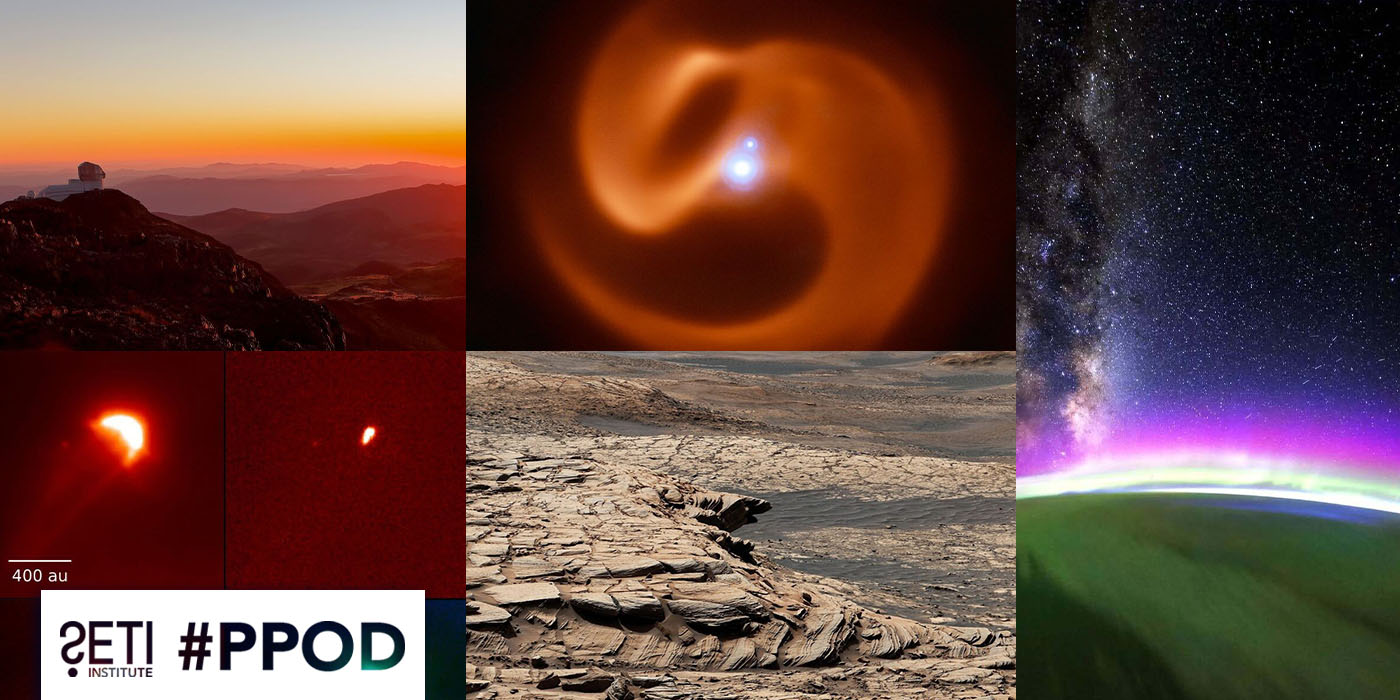
Planetary Picture of the Day - Week of May 19, 2025
#PPOD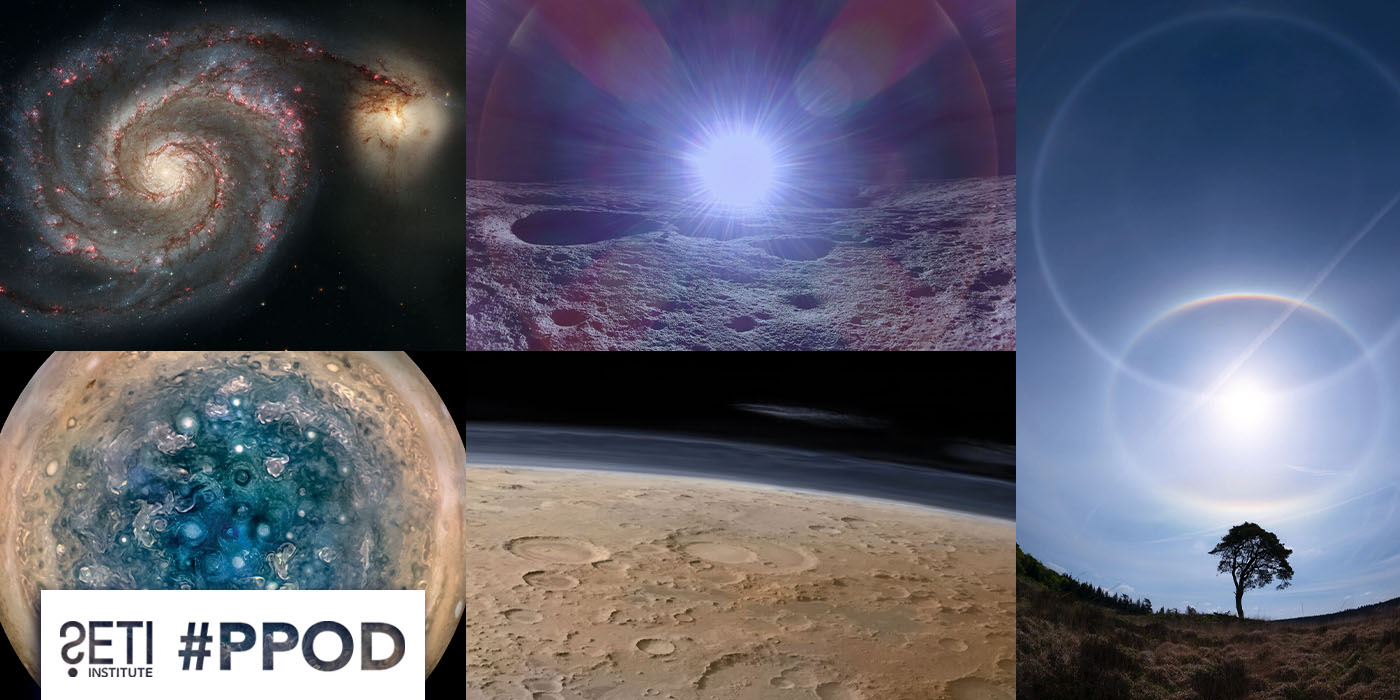
Planetary Picture of the Day Week of May 12, 2025
#PPOD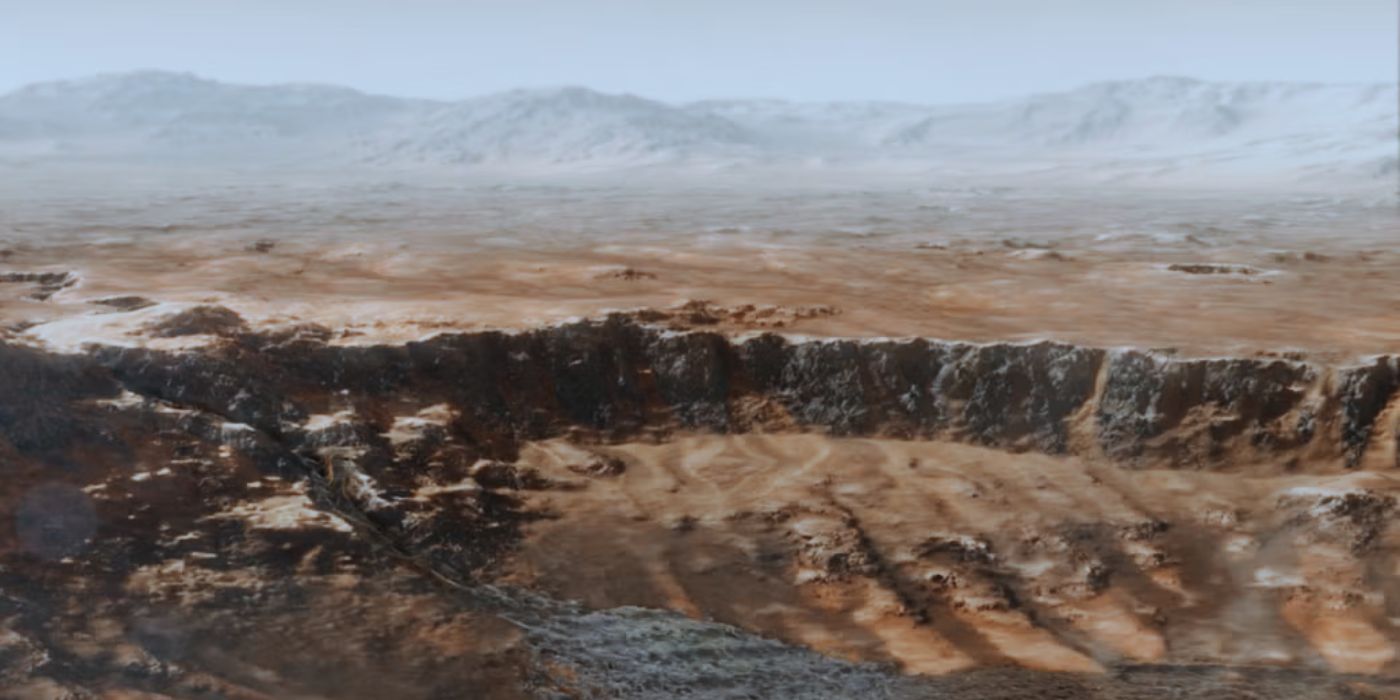
Red Planet, Blue Past: What Ancient Rain on Mars Tells Us About Its Watery History
#Mars #Solar System #AstrobiologyResearch
Related Projects
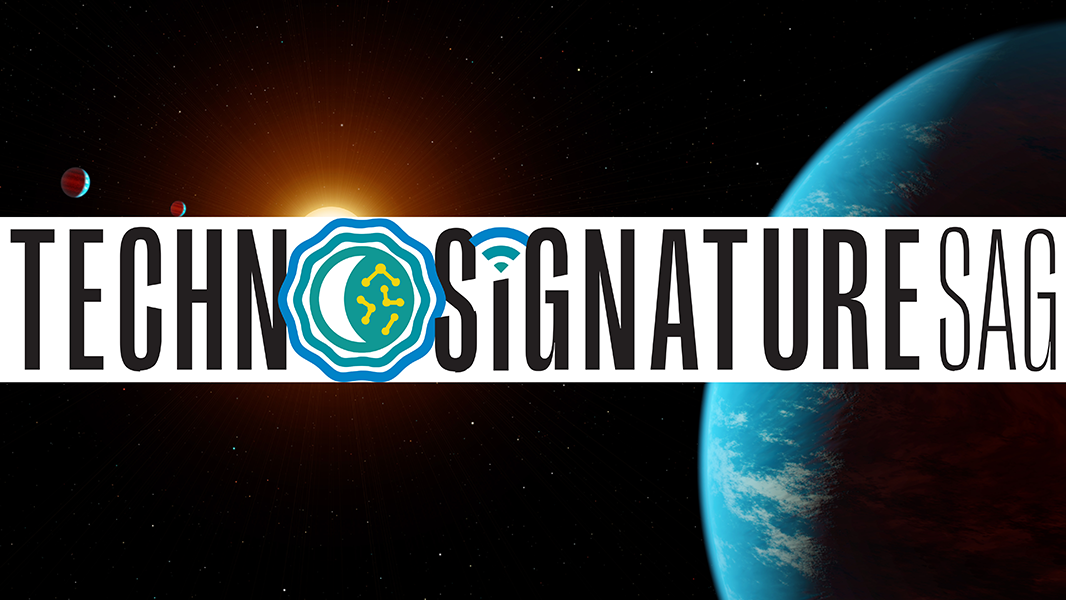
Technosignatures SAG
Technosignatures SAG is a group of volunteer experts who have been chartered by NASA to produce a report to NASA’s Exoplanet Exploration Program, containing the results of its analysis on how NASA can better integrate technosignature search into its portfolio. #Technosignatures SAG #Technosignatures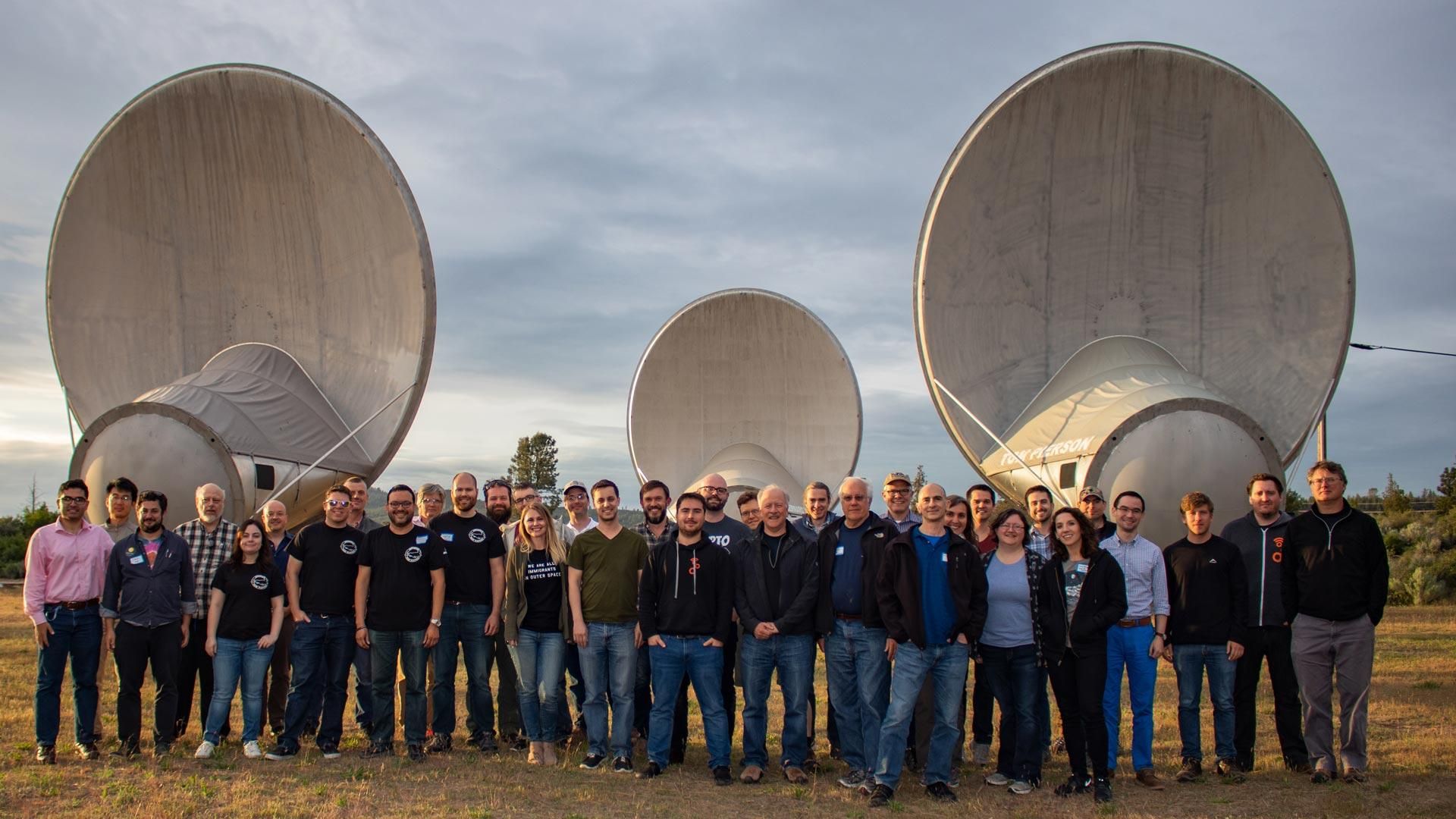
GNU Radio and SETI
GNU technology could revolutionize the development of receiving equipment for SETI (and for radio astronomy in general.) It promises to speed the design of new receivers, and to allow scientists to quickly change how data are analyzed and displayed. #GNU Radio #Radio Astronomy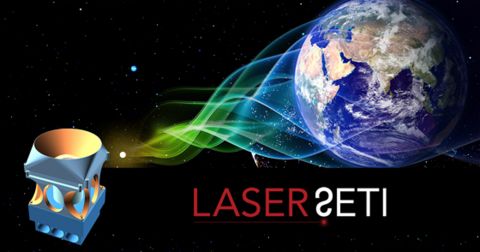
LaserSETI
SETI Institute’s LaserSETI program is building a network of instruments to monitor the entire night sky. This network represents an unprecedented growth in the continuing search for manifestations of sophisticated intelligence beyond Earth. #LaserSETI #Optical SETISupport the
SETI Institute
Scientists are getting closer in their search for life beyond earth. But with limited federal funding for the search for extraterrestrial intelligence, supporters are the reason cutting-edge scientists can keep their eyes on the sky.
)
